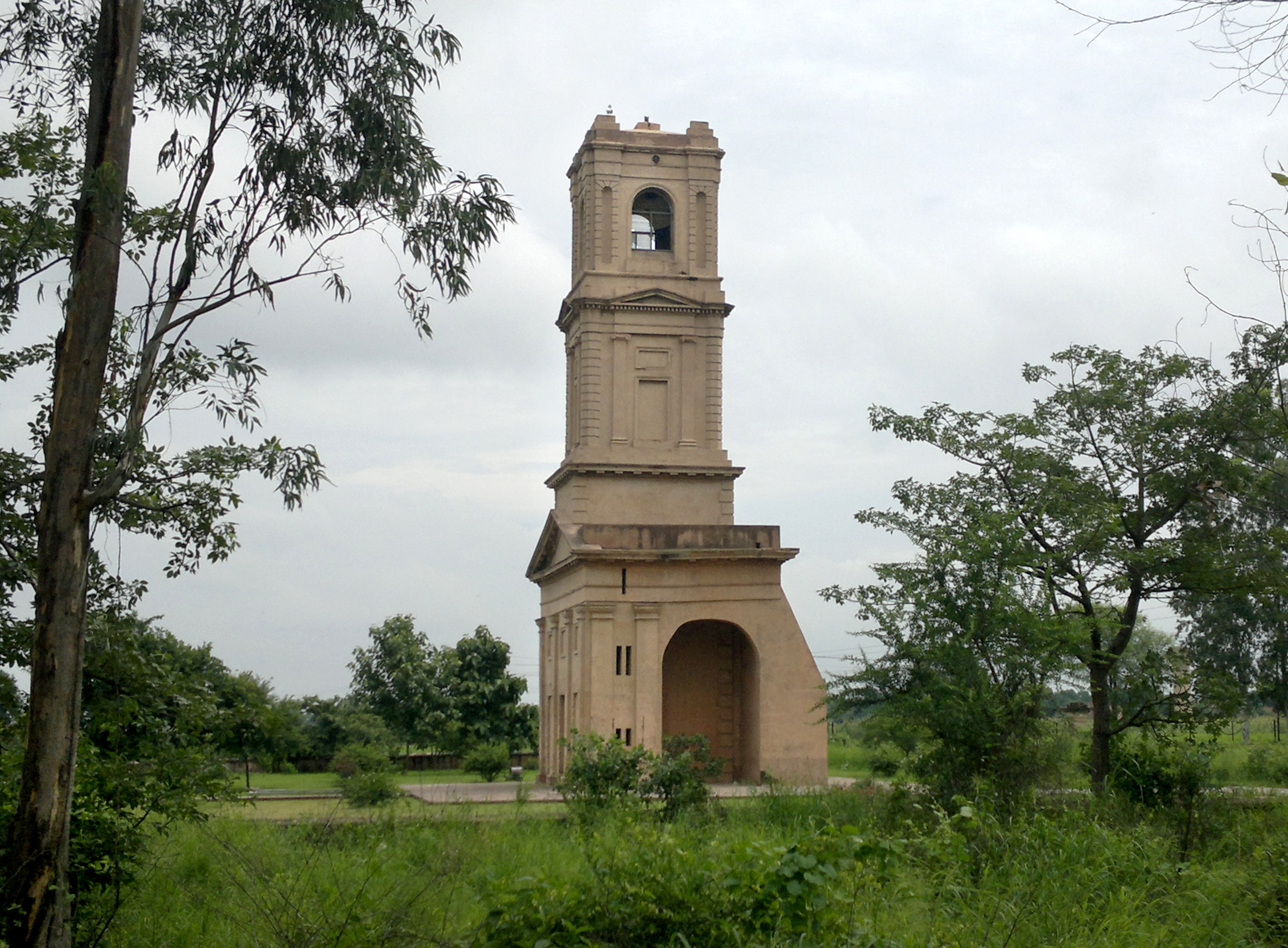Karnal stands as a profound testament to the intricate tapestry of Indian military and cultural history, embodying layers of strategic significance that transcend mere geographical boundaries. The Battle of Karnal in 1739 represents a pivotal moment in the subcontinent's narrative, where Nader Shah's Persian forces decisively defeated the Mughal Empire, fundamentally altering the region's geopolitical landscape.
The city's historical roots delve deep into legendary narratives, particularly through its connection to Karna, the heroic figure from the Mahabharata. This mythological association provides a rich cultural context that intertwines epic storytelling with geographical identity, presenting Karnal not just as a location, but as a living repository of narrative traditions.
Military strategists and historians recognize the Battle of Karnal as a masterclass in tactical warfare. Nader Shah's forces executed a brilliant three-hour campaign that not only defeated Muhammad Shah's armies but also exposed the structural vulnerabilities of the Mughal imperial system. The battle's aftermath precipitated significant transformations, weakening the Mughal Empire and creating political vacuums that would subsequently be filled by emerging regional powers.
The region's political landscape was consistently dynamic, witnessing transitions of power between various dynasties. From the Vardhanas of Thanesar to the Pratihara rulers of Kanauj, and later the interventions of Sikh chiefs who defeated Durrani governors, Karnal emerged as a crucible of political metamorphosis. Each transition brought unique administrative and cultural implications that shaped the region's complex identity.
Cultural exchanges in Karnal were not merely political but deeply spiritual. The area witnessed significant religious transformations, transitioning from a vibrant center of Buddhism to a predominantly Hindu cultural space by the 7th century. This religious evolution reflects the broader intellectual and spiritual migrations that characterized medieval Indian societies.
Local architectural practices in Karnal, while not extensively documented, represented sophisticated regional engineering. Structures like the fort built by Raja Gajpat Singh demonstrated an intimate understanding of local materials and defensive requirements. These constructions were not merely buildings but embodied the technological and strategic wisdom of their creators.
The narrative of Karnal is incomplete without acknowledging the stories of its inhabitants. Figures like Rao Bal Kishan, who confronted Nader Shah, symbolize local resistance and courage. These individual narratives, passed through generations, constitute an essential aspect of the city's collective memory, transforming historical events into living, breathing cultural experiences.
In contemporary times, Karnal continues to be a repository of historical significance. While specific monuments might have faded, the city's essence remains deeply connected to its rich past. It stands as a microcosm of India's complex historical journey, where myth, military strategy, cultural transformation, and human resilience converge to create a compelling narrative that resonates far beyond its geographical boundaries.





